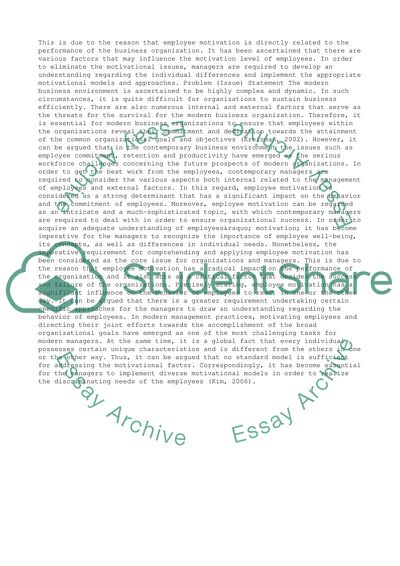Cite this document
(“Motivational Issues in Modern Management Research Paper”, n.d.)
Retrieved from https://studentshare.org/business/1493189-motivational-issues-in-modern-management
Retrieved from https://studentshare.org/business/1493189-motivational-issues-in-modern-management
(Motivational Issues in Modern Management Research Paper)
https://studentshare.org/business/1493189-motivational-issues-in-modern-management.
https://studentshare.org/business/1493189-motivational-issues-in-modern-management.
“Motivational Issues in Modern Management Research Paper”, n.d. https://studentshare.org/business/1493189-motivational-issues-in-modern-management.


